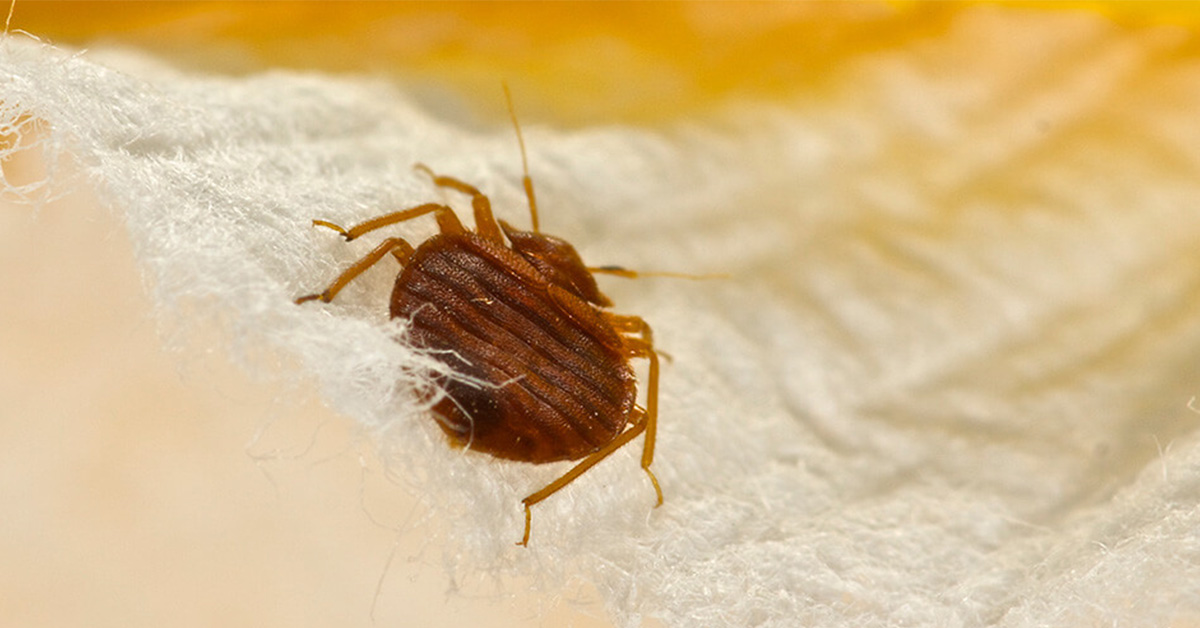Professional Kings Bug Control Cincinnati: Your Trusted Pest control experts
Professional Kings Bug Control Cincinnati: Your Trusted Pest control experts
Blog Article
Sorts Of Bug Control: Which Method Is Right for Your Invasion?
When encountered with a bug invasion, the choice of a proper technique for parasite control is vital in effectively managing the scenario. From chemical therapies to organic remedies, there exists a variety of techniques that can be employed to deal with various kinds of insects. Each technique comes with its very own set of considerations and advantages, making the decision-making procedure a nuanced one. Comprehending the nuances of each approach and evaluating their compatibility with the particular pest infestation available is vital for accomplishing long-lasting success in parasite administration. By exploring the numerous kinds of parasite control techniques offered, people can make enlightened decisions customized to their distinct scenarios, guaranteeing a much more sustainable and reliable end result in insect eradication.
Chemical Pest Control
Chemical parasite control involves making use of artificial or normally derived chemicals to handle and remove pest populaces successfully. This technique is commonly utilized in agriculture, forestry, and residential setups to fight a broad range of bugs, including weeds, insects, and rodents. Using chemical pesticides can give quick and targeted solutions to pest problems, making it a popular option for lots of people and services.
One of the key advantages of chemical parasite control is its ability to promptly get rid of parasites, minimizing the threat of damage to plants, residential or commercial property, and human health and wellness. By utilizing specific chemicals that target certain bugs, this method can successfully manage infestations while minimizing injury to beneficial organisms and the setting when applied correctly.
Nonetheless, using chemical bug control likewise elevates issues concerning prospective adverse effects on non-target varieties, water sources, and human health. It is important to adhere to safety and security standards, use chemicals responsibly, and think about different bug control approaches to lessen these risks and make sure lasting insect monitoring methods.
Organic Parasite Control
Organic insect control, also understood as biocontrol, uses living microorganisms to reduce and handle pest populations normally. By making use of the pest's natural killers or microorganisms, organic insect control offers a environmentally friendly and sustainable service to pest management.

Mechanical Insect Control
Utilizing physical and hand-operated methods to take care of insect populations, mechanical bug control uses an alternative approach that does not count on using living microorganisms or artificial chemicals. This approach entails using barriers, catches, or various other devices to literally discourage or get rid of parasites. By obstructing pest entrance points or establishing up traps to catch them, mechanical parasite control can effectively lower problems without presenting chemicals right into the environment.
One common instance of mechanical pest control is using mesh displays on home windows and doors to avoid bugs from going into buildings. This simple yet efficient method serves as a physical barrier, keeping bugs out while allowing for proper air flow. Additionally, devices like mousetraps, fly swatters, and ultrasonic repellents drop under the mechanical bug control group.
While mechanical bug control methods can be labor-intensive and call for normal monitoring and upkeep, they provide a sustainable and eco friendly remedy for handling bug problems. By integrating various mechanical strategies, building proprietors can produce a thorough insect control approach that minimizes reliance on chemical pesticides.
Physical Insect Control

Some common physical pest control methods consist of making use of barriers such as screens or nets to stop pest entrance, catches to catch and get rid of insects, and hand-picking to physically remove parasites from plants or structures. Furthermore, strategies like warm treatments can be used to manage pests like bed insects by increasing the temperature level to levels that are dangerous to the bugs.
Physical insect control is specifically useful in integrated insect management (IPM) techniques, where multiple bug control approaches are incorporated for efficient parasite administration while decreasing using chemicals. By making use of physical visit this web-site pest control methods, individuals can properly attend to insect invasions with very little ecological effect.
Integrated Parasite Administration
When visit here applying physical parasite control approaches as part of pest management approaches, Integrated Insect Monitoring (IPM) becomes a thorough method that leverages numerous methods to properly control pest populaces. IPM focuses on long-lasting avoidance of pests with a mix of biological, cultural, physical, and chemical devices tailored to particular parasite issues. By integrating numerous control tactics, IPM aims to decrease the risks connected with bugs while also decreasing dependence on chemical remedies.
One key aspect of IPM is the emphasis on tracking and analyzing pest populations to identify one of the most ideal control methods. This positive strategy enables very early treatment and targeted techniques, leading to more efficient insect monitoring. In addition, IPM advertises eco-friendly methods by focusing on non-chemical control techniques and just utilizing chemicals as a last hope.
Final Thought

By making use of the pest's natural killers or virus, biological bug control supplies a lasting and environmentally friendly option to pest monitoring. - Kings pest control Cincinnati
Using physical and hand-operated approaches to manage pest populations, mechanical insect control uses a different strategy that does not count on the usage of living microorganisms or artificial chemicals.A reliable strategy to taking care of pest populations without relying on chemical or organic approaches entails the usage of physical parasite control strategies.When applying physical parasite control approaches as component of bug administration methods, Integrated Bug Administration (IPM) emerges as an extensive method that leverages numerous methods to efficiently control pest populations. Chemical pest control entails the usage of pesticides, biological pest control makes use of all-natural predators, mechanical bug control includes physical barriers, physical bug control consists of trapping or eliminating insects, and integrated insect management incorporates numerous techniques for a holistic approach to pest control.
Report this page